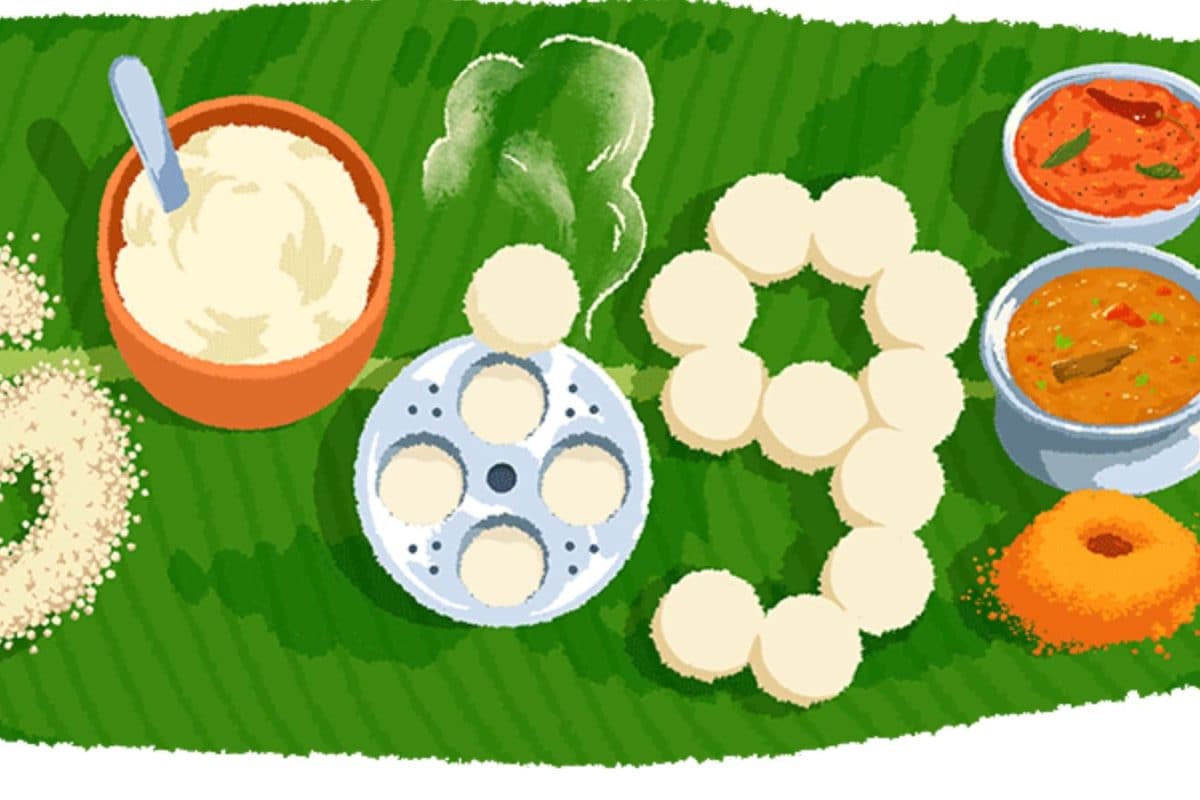Kimbap Meets Litti
Kimbap, the iconic Korean seaweed rice roll, is creatively reimagined to meet the rustic charm of Indian litti. Litti, typically a wheat ball, gets a flavor
upgrade when it gets in touch with kimbap. Imagine the delicate flavors of the Korean kimbap's filling – maybe a mix of vegetables, marinated meats, or even a spicy kick of kimchi – nestled within the familiar, comforting embrace of a litti. The textural contrasts are another exciting element; the slight chewiness of kimbap is paired with the softness of the litti. This fusion represents a harmonious melding of traditions, offering a fresh take on two beloved food cultures.
Kimchi Meets Achaar
The bold flavors of kimchi, Korea's fermented cabbage, are meeting the spicy, tangy zest of Indian achaar. Achaar, or Indian pickle, comes in various forms, from mango to mixed vegetables, each loaded with spices and a sharp, vibrant taste. Imagine kimchi's distinctive sourness and umami depth blending with the fiery punch of Indian achaar. The combination of different textures – kimchi's crispness with the softer vegetables found in achaar – provides an exciting mouthfeel. This fusion may appear unexpected, but it exemplifies the creative culinary experiments, resulting in something that is fresh and flavorful, providing a glimpse into the endless possibilities of cross-cultural cuisine.
Japchae and Noodles
The Korean japchae, glass noodles stir-fried with vegetables and meat, meets the Indian favorite: vegetable Hakka noodles. Japchae, known for its slightly sweet and savory sauce, offers a foundation for innovative culinary experimentation. Now imagine this dish combined with the taste and texture of vegetable Hakka noodles. The noodles are known for their soft, springy texture, providing a comforting contrast to the chewy japchae. The flavor profiles are also a great pairing. Japchae's subtle, balanced notes are enhanced by the varied spices and vegetables common in Hakka noodles. This blend represents a culinary dance, merging the Korean and Indian flavors into an appetizing and fulfilling dish that captures the best of both cuisines.
Jjajangmyeon's New Avatar
Korean jjajangmyeon, noodles in a rich black bean sauce, finds an unexpected partner in Indian kadhi or dal makhani. Jjajangmyeon, with its complex flavors and thick sauce, presents a new base for culinary creativity. Imagine jjajangmyeon, with its savory profile, served with the creamy texture and mellow taste of kadhi, a traditional Indian yogurt-based curry, or the rich, buttery dal makhani. This unexpected combination highlights how distinct ingredients and flavors from different cultures can be seamlessly blended. It’s a great option for those who are seeking to try new things. The contrast between the thick sauce and the comforting flavors of the Indian dishes results in a hearty and delicious meal.
Gyeran Bbang's Fusion
Korean gyeran bbang, the simple and satisfying egg bread, finds its Indian counterpart in egg bhurji pav. Gyeran bbang, a beloved street food with a soft bread base and a warm, fluffy egg center, provides a blank canvas for the bold flavors of India. Imagine the comforting sweetness of the bread merging with the spicy, savory goodness of Indian egg bhurji, a scramble cooked with onions, tomatoes, and spices. The simple flavors of gyeran bbang are matched well with the vibrant Indian style. This fusion represents a delightful blending of textures and tastes, and it presents a tasty option for anyone seeking a breakfast or snack that is both simple and satisfying.
Tteokgalbi Meets Kebabs
Korean tteokgalbi, a grilled meat patty, finds a tasty pairing with Indian seekh kebabs. Tteokgalbi, known for its tender texture and subtly sweet and savory flavor, provides the foundation for another inventive culinary experiment. Imagine the sweet flavors of tteokgalbi meeting the intensely savory and spiced seekh kebabs, crafted from minced meat and spices, creating a flavor that is both complex and very tasty. The combination of distinct cooking styles – Korean grilling with Indian tandoor – produces exciting textures and tastes. This fusion highlights the ease with which Korean flavors can blend with those of India, resulting in a flavorful experience that is a true delight.


